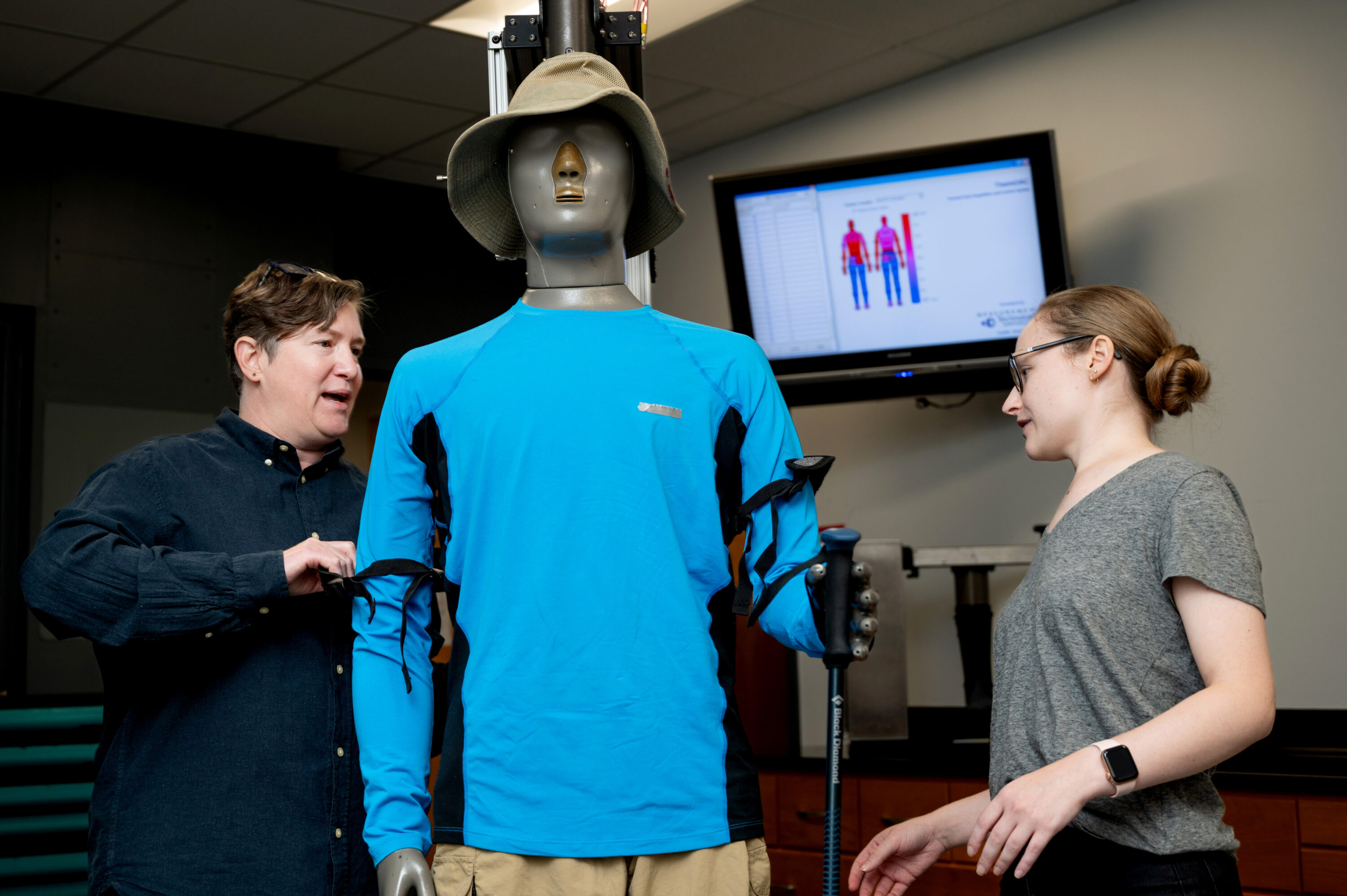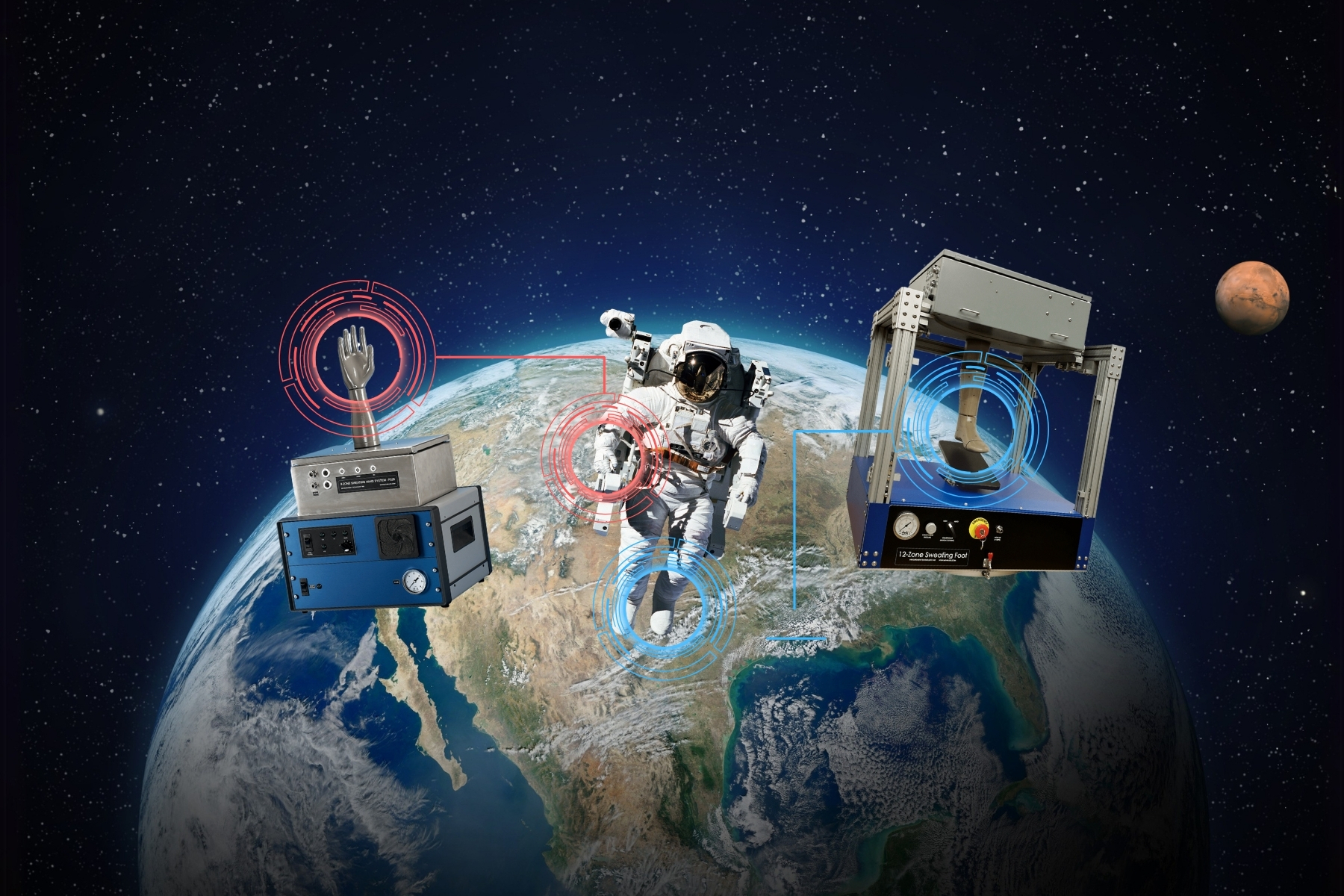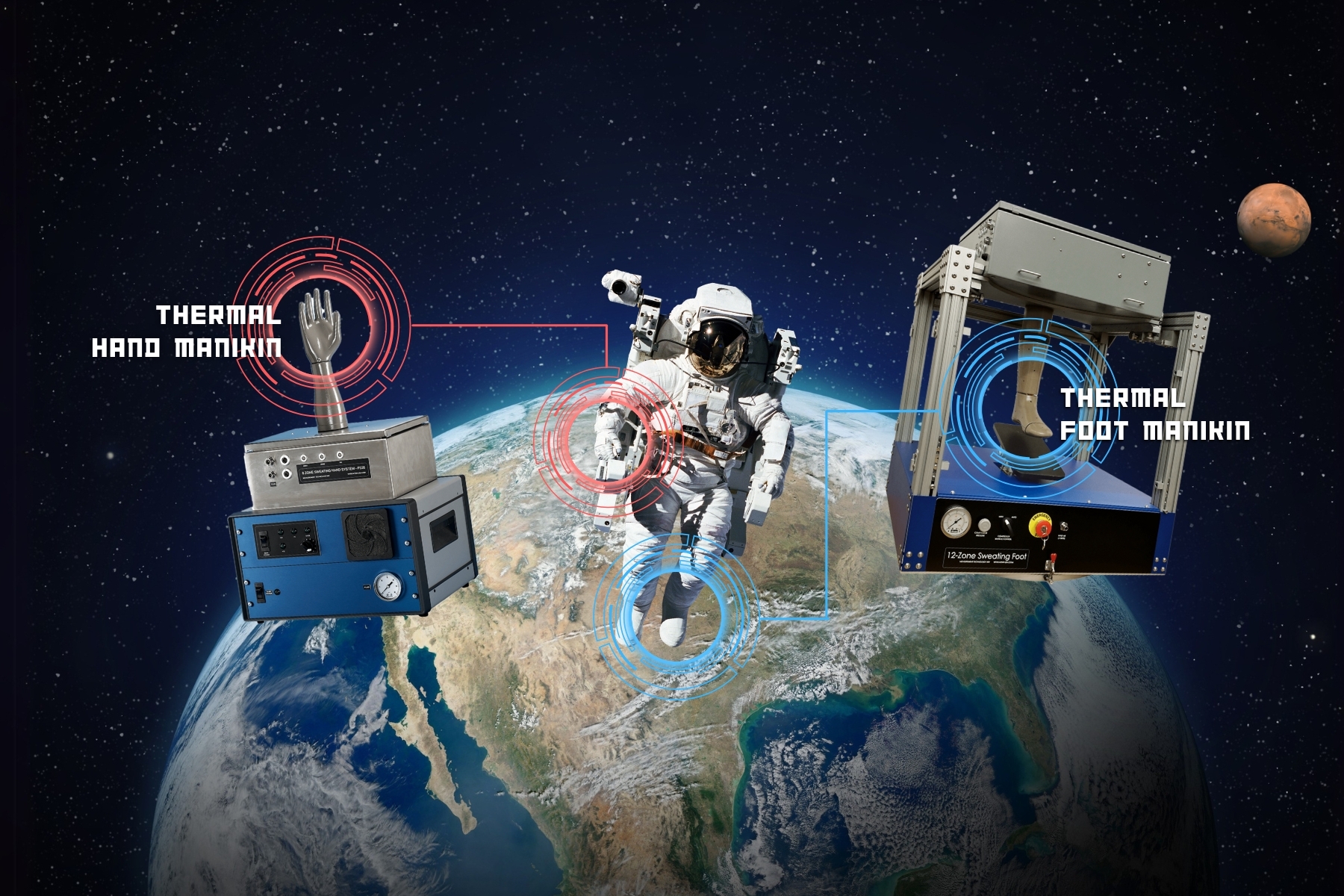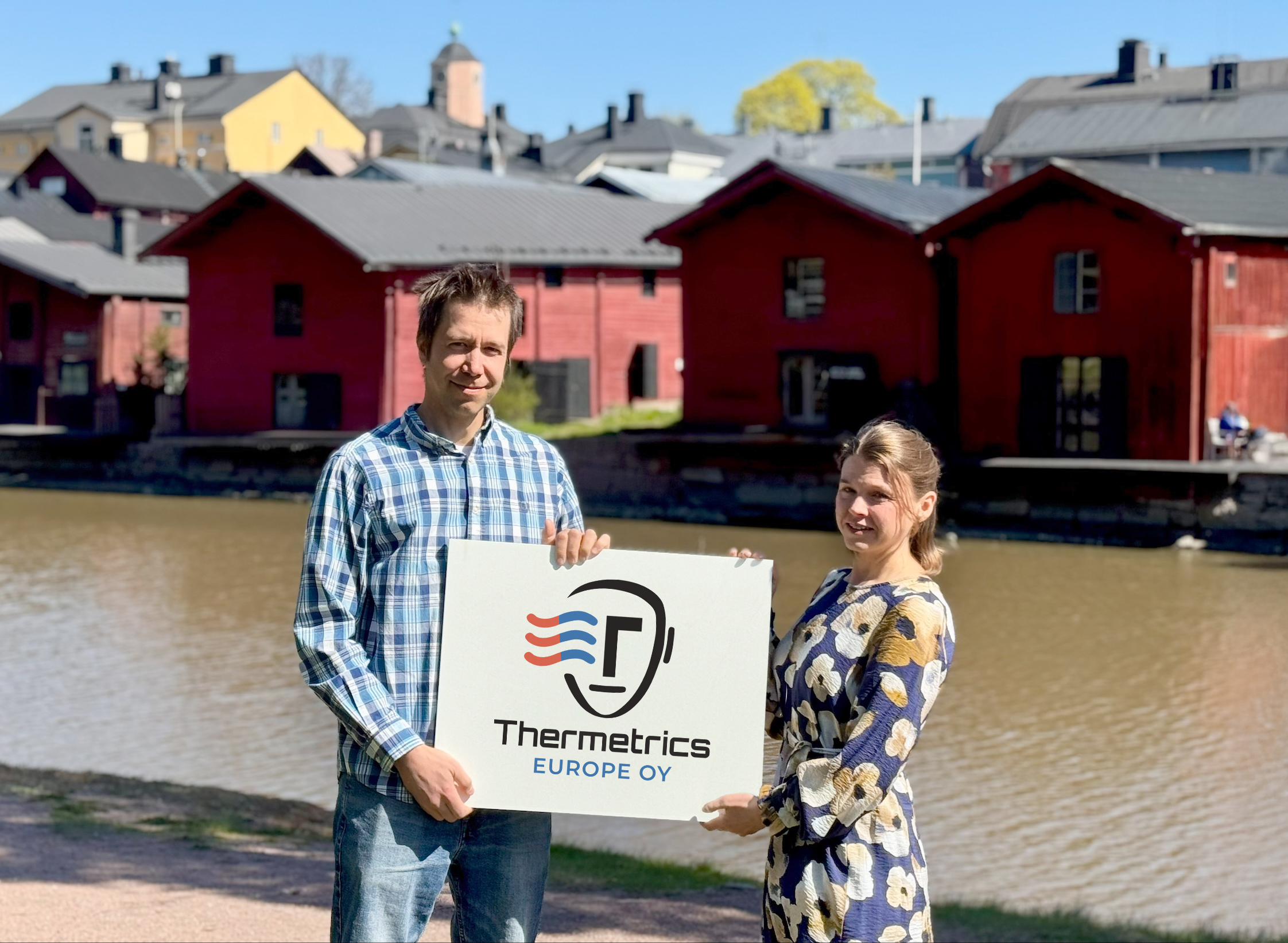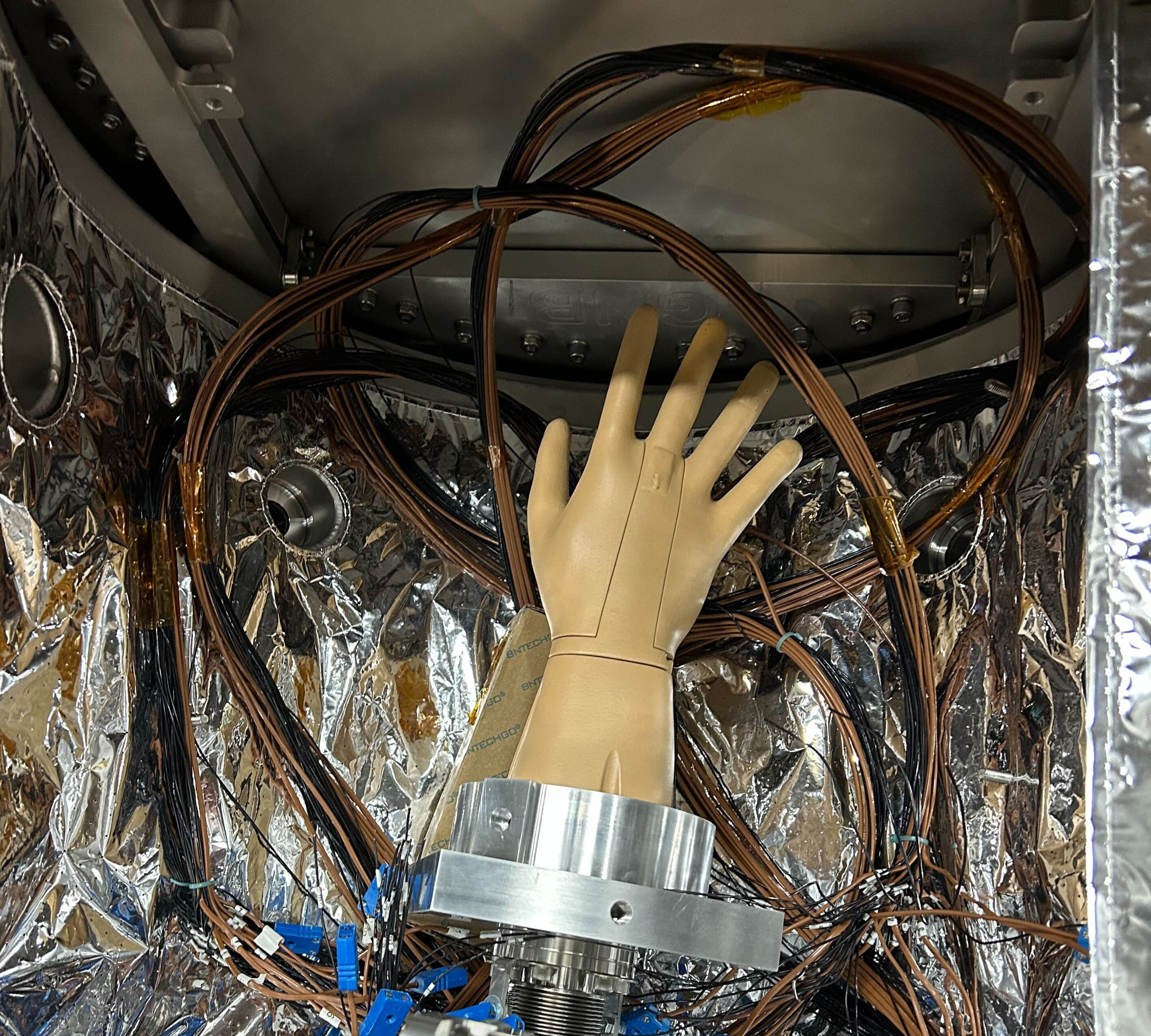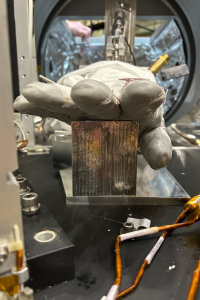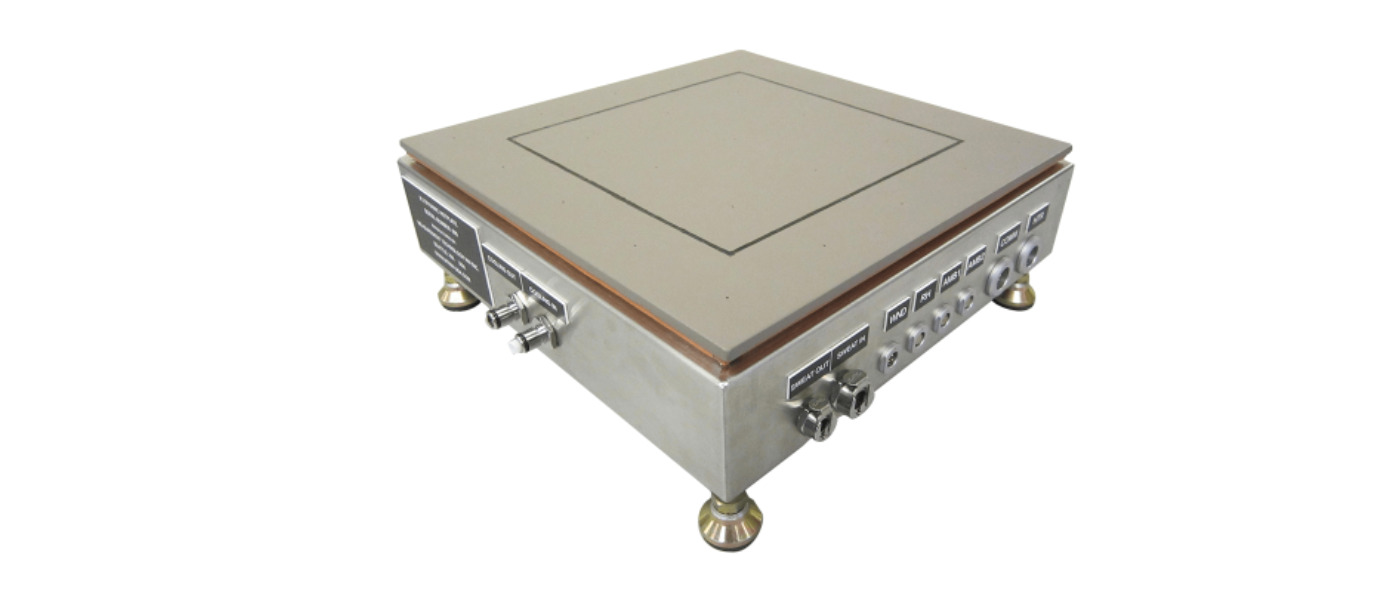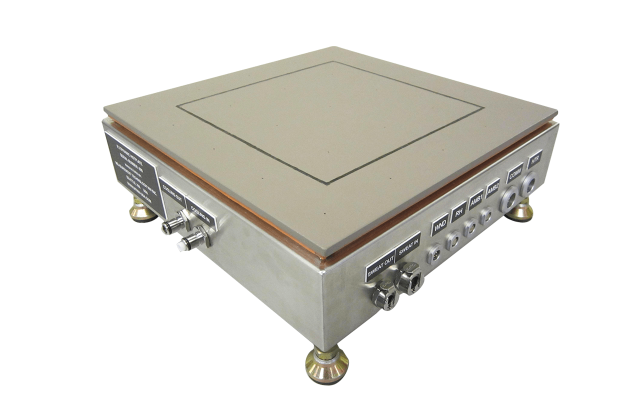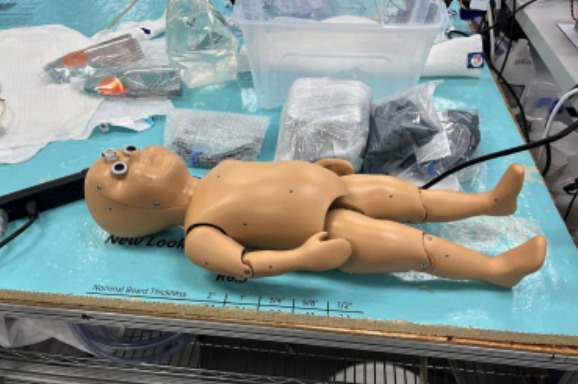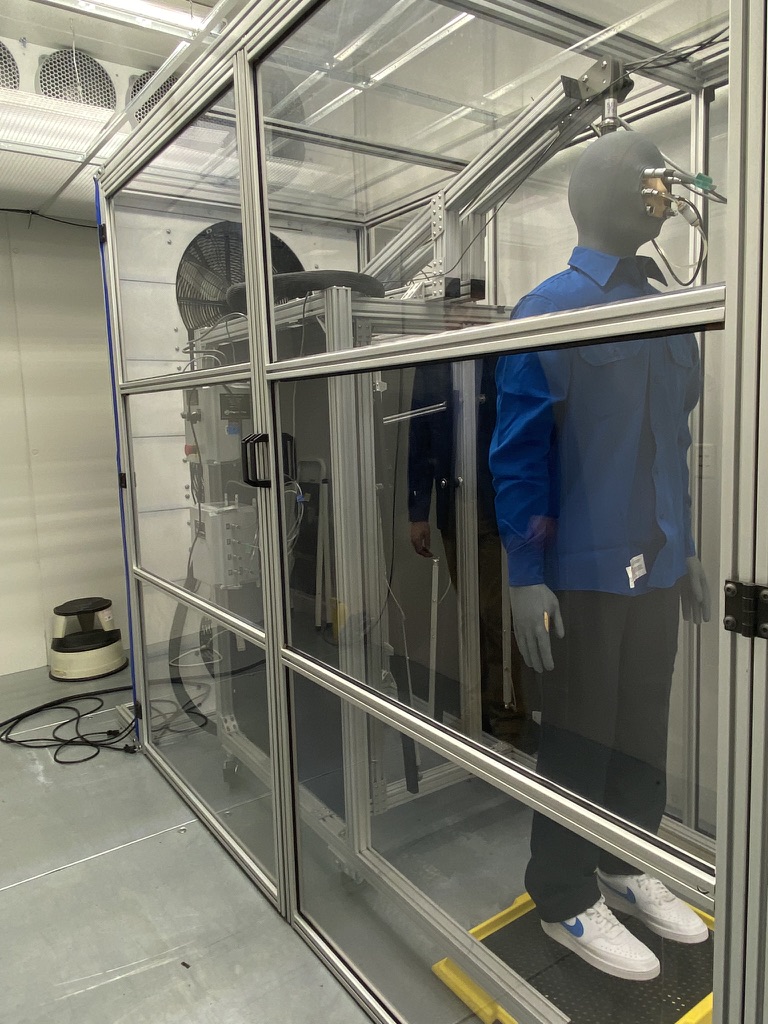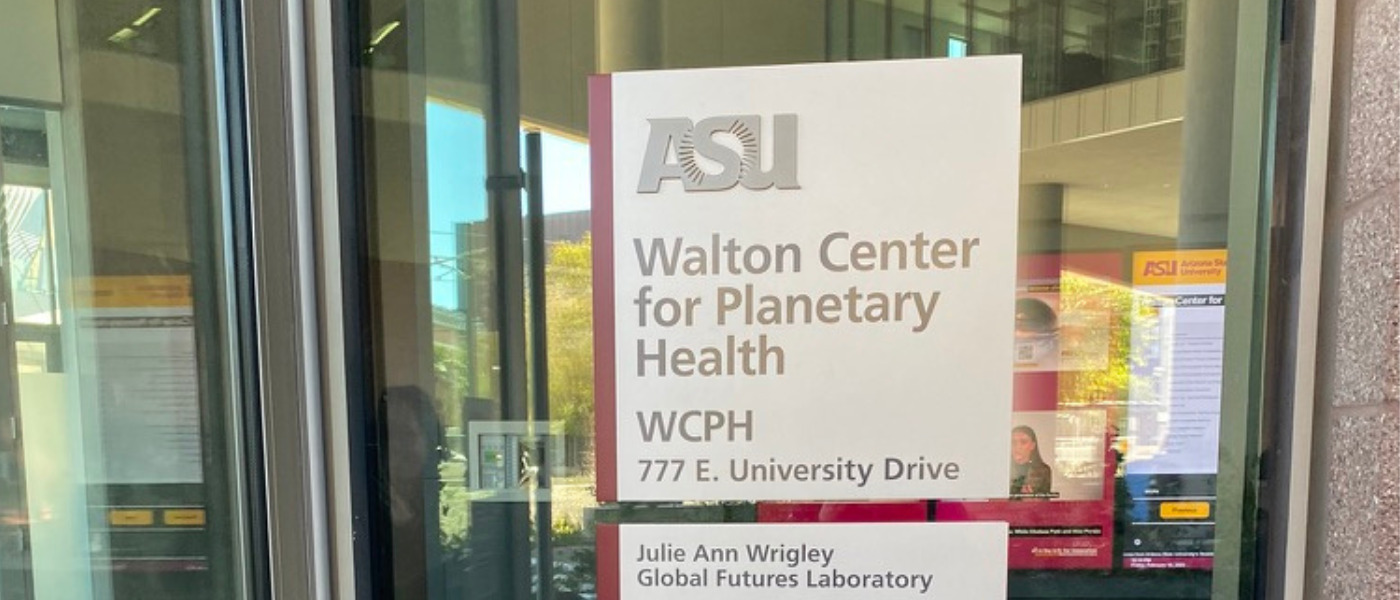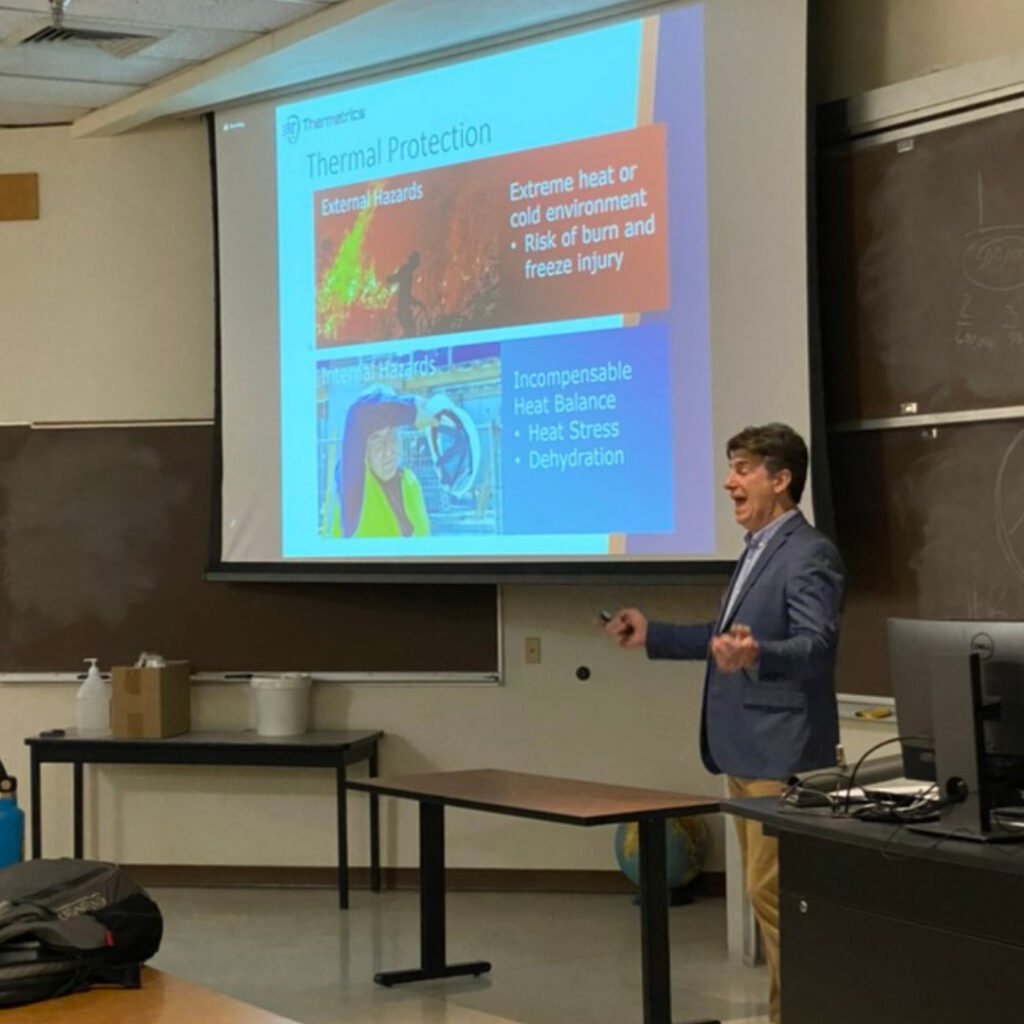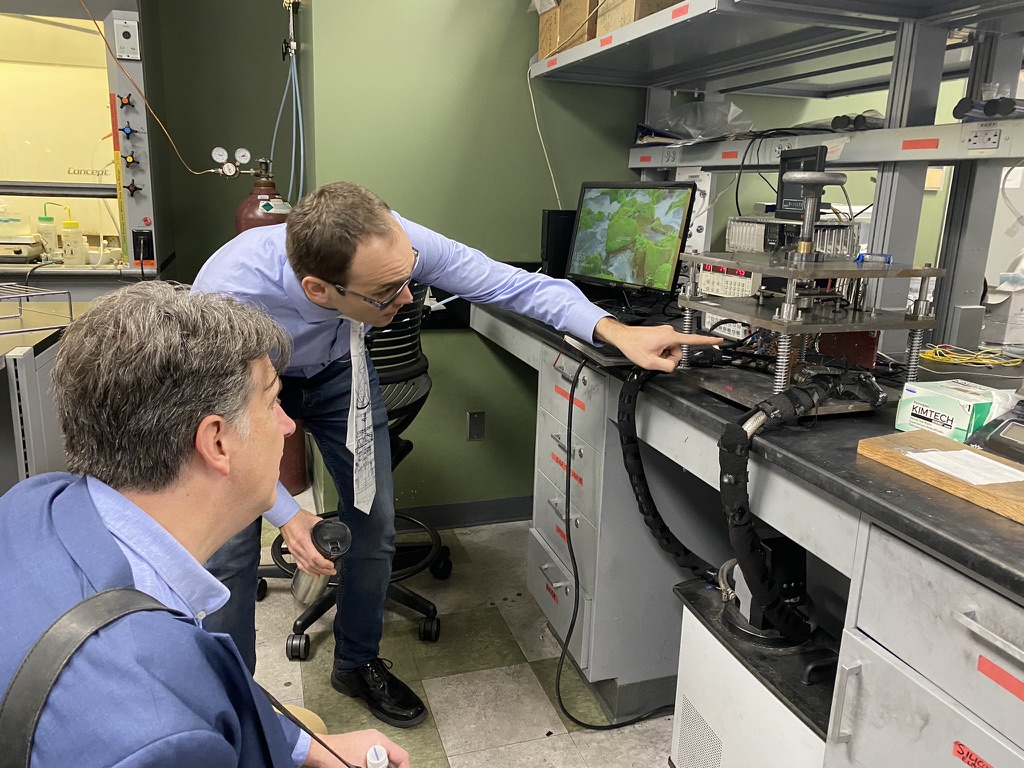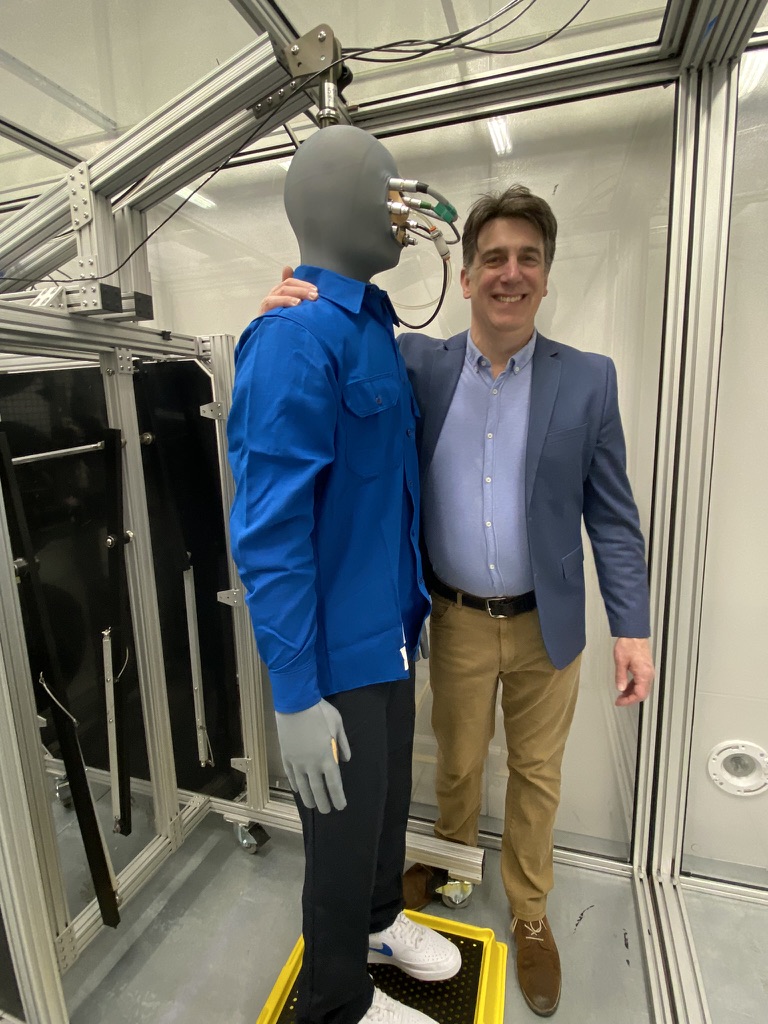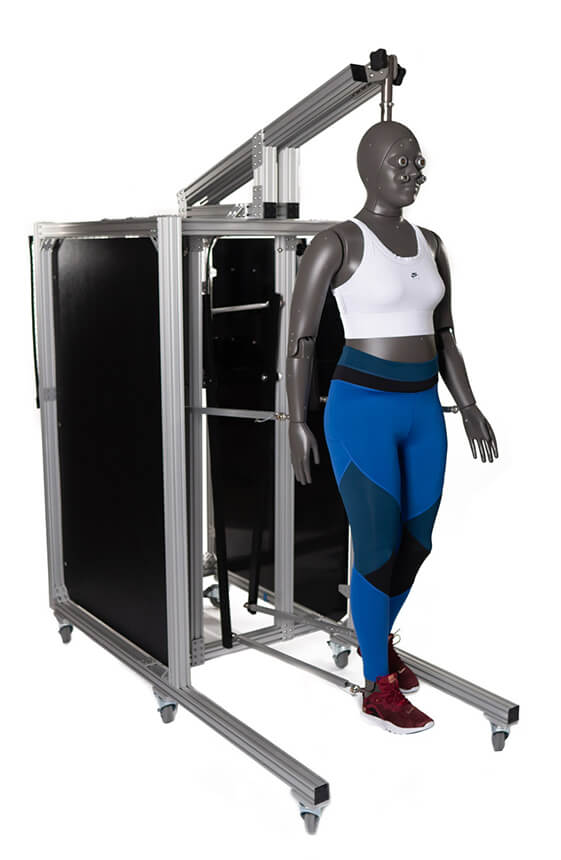The Milliken Textile Protection and Comfort Center (TPACC) at North Carolina State University has been a valued Thermetrics client-partner since the early 2000s. In the true spirit of collaboration, they were instrumental partners in the development of several early Thermetrics projects. TPACC also helped validate the ManikinPC comfort model software using data they collected from human trials.
For more than 30 years, TPACC’s impressive workload has run the gamut from testing textiles to full garments and everything in between, with an emphasis on both thermal protection and comfort. On the research side, the lab has run countless turnout gear tests for firefighters across the country and around the world. And, in truth, there really is no “normal” or “regular” thing TPACC tests, because their capabilities are so wide and varied. Recent testing includes personal protective equipment (PPE) and a cold-weather immersion suit.
Not only does TPACC specialize in testing and research, they continually develop and refine new test protocols to evaluate textile performance which often lead to the creation of, or updates to ASTM standards for textiles. For example, TPACC developed a standardized test method to measure the evaporative cooling efficiency of activewear fabric, designated as ASTM F3628.
From hotplates to thermal manikins and manikin body parts, TPACC has one of the largest Thermetrics equipment footprints. The lab is also home to a Thermetrics Liz female manikin—incidentally, the only commercial test lab with a Liz. They are well-equipped to take on most testing needs!

When asked about the working relationship between the two organizations, TPACC Deputy Director Shawn Deaton said, “When people come to us with crazy research or testing asks, we have zero qualms about going to the folks at Thermetrics and collaborating to come up with a way to make it happen.”
There’s definitely plenty of envelope-pushing that happens between the two orgs. In fact, TPACC is one of the first labs Thermetrics thinks of when a unique testing or research challenge pops up. “They’re so adept at handling such a wide range of testing scenarios,” explains Thermetrics Director of Business Development, Kevin Bengston.
So, if you’re looking for an organization that can handle your unique testing needs, look no further! We’d be happy to put you in touch with someone at TPACC. Reach out today!

About the Partner Spotlight. Partner Spotlight is a fun opportunity for us to highlight the capabilities and accomplishments of one of our client-partners each quarter. As an industry-leading manufacturer of thermal manikin systems and other thermal testing equipment, we learn and grow best through partnerships with test labs across the U.S. and worldwide, in addition to collaborations with government and research organizations in need of thermal testing equipment for their innovative research projects. If you can imagine it, Thermetrics can design and build a system to test it!


